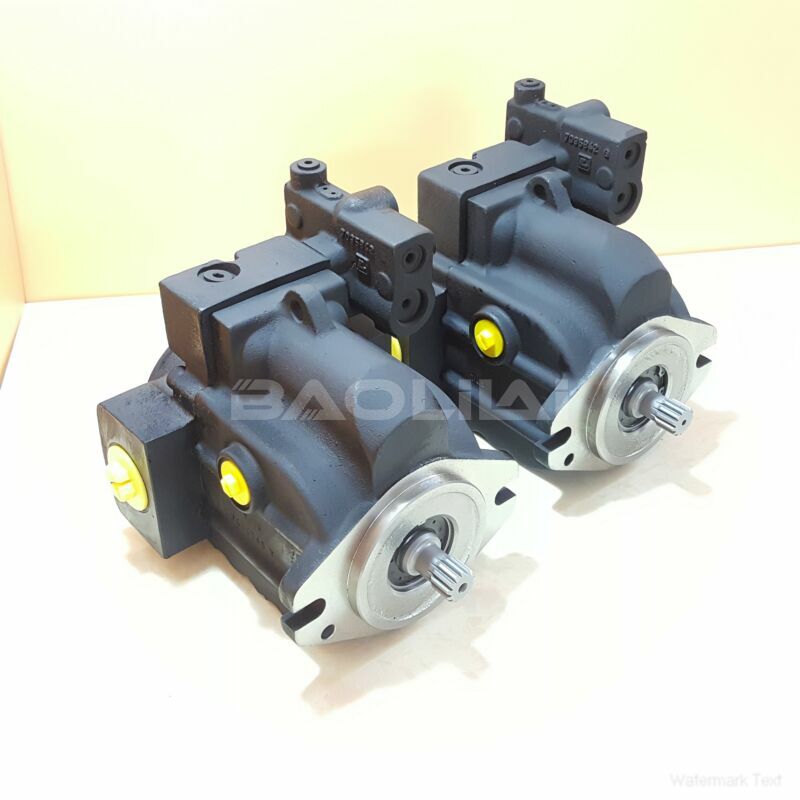LRR025CLS1713NNN3K1NFA6NAAANNNNNN hydrualic pump
LRR025CLS1713NNN3K1NFA6NAAANNNNNN hydrualic pump

- Product Details
- Applicable Scene
Aeration systems play a pivotal role in Wastewater Treatment Plants (WWTPs), facilitating the biological treatment of sewage by introducing oxygen into the water. The efficiency and reliability of these systems are crucial for maintaining optimal microbial activity, which is essential for the breakdown of organic materials. Among the various components that contribute to the effectiveness of aeration systems, hydraulic pumps are indispensable. Danfoss, a leading manufacturer of hydraulic technology, provides pumps that enhance the operation of aeration systems in WWTPs.
LR-R-025C-LS-17-13-NN-N-3-K1NF-A6N-AAA-NNN-NNN
LRR025CLS1713NNN3K1NFA6NAAANNNNNN
One of the primary advantages of Danfoss hydraulic pumps is their exceptional reliability under varying operational conditions. WWTPs often experience fluctuations in flow rates and pressure requirements due to changes in sewage composition and volume. Danfoss hydraulic pumps are designed to handle these variations efficiently, ensuring consistent performance. They utilize advanced engineering and materials that allow them to withstand harsh environments, providing longevity and reducing the need for frequent maintenance or replacement.

7005155
Moreover, energy efficiency is a significant concern for wastewater treatment facilities, as operational costs can significantly impact the overall budget. Danfoss hydraulic pumps are engineered with energy-saving technologies that optimize power consumption without compromising performance. By reducing energy waste, these pumps not only lower operational costs but also contribute to environmental sustainability—a key consideration for modern WWTP operations.
Integration with automation systems is another critical feature of Danfoss hydraulic pumps. These pumps can be seamlessly incorporated into automated control systems, allowing for real-time monitoring and adjustments based on system demands. This capability enhances the response times to changes in aeration requirements, ensuring that DO (Dissolved Oxygen) levels remain within optimal ranges for microbial activity. The use of automated controls can lead to improved treatment efficiencies, reducing the time and resources needed to achieve regulatory compliance.





